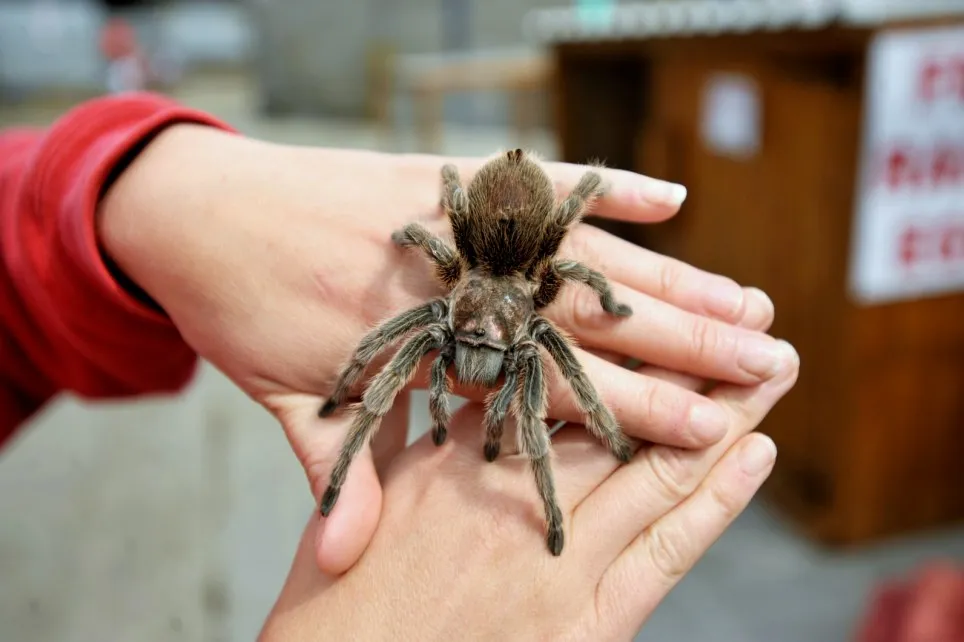Where to Buy a Rose Hair Tarantula in the UK
Acquiring a Rose Hair Tarantula in the UK can be a rewarding experience, but it’s important to approach the process with knowledge and caution. These fascinating creatures, known for their docile nature and beautiful appearance, have become increasingly popular pets. Understanding where to buy a healthy tarantula is the first critical step in responsible ownership. This guide will provide you with essential information on finding reputable sellers, evaluating tarantulas, and setting up a suitable environment for your new pet. Proper research and preparation are key to ensuring your Rose Hair Tarantula thrives in its new home.
Reputable UK Breeders and Dealers
The best place to start your search is with reputable breeders and dealers specializing in arachnids. These professionals often have extensive knowledge and can offer valuable advice on tarantula care. Look for breeders who are transparent about their breeding practices, providing details on the tarantulas’ lineage, age, and health. They should be willing to answer your questions and offer ongoing support. Check online forums and social media groups dedicated to tarantulas to gather recommendations and read reviews of different breeders. Furthermore, prioritize breeders who demonstrate a genuine passion for tarantula welfare, as this often translates into better care and healthier specimens. Always prioritize those that maintain the highest standards of animal welfare.
Online vs. Local Pet Shops
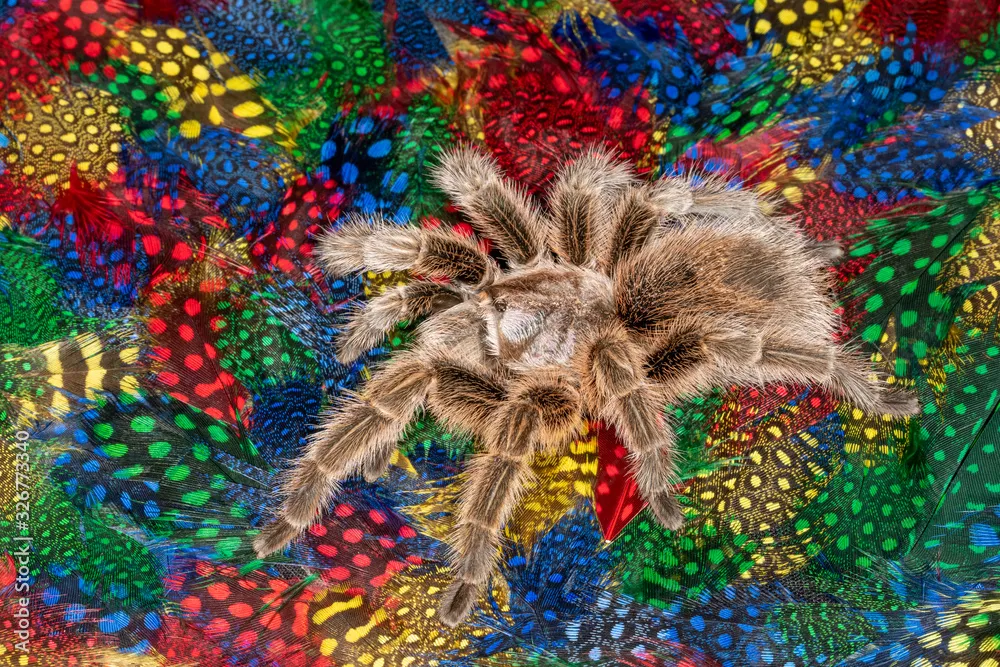
Both online and local pet shops offer options for buying Rose Hair Tarantulas, each with its advantages and disadvantages. Online retailers often have a wider selection and may offer competitive prices, but you cannot physically inspect the tarantula before purchase. Ensure that the online seller provides detailed descriptions, including photos and videos, and guarantees the health of the tarantula upon arrival. Moreover, check for transparent shipping policies and customer reviews. Local pet shops allow you to see the tarantula in person, assess its health, and ask questions directly. However, the selection might be limited, and prices could be higher. Before purchasing, observe the conditions in which the tarantula is housed, ensuring the enclosure is clean, well-maintained, and appropriate for the species. Prioritize shops with knowledgeable staff who can provide care advice and have a good reputation in the community.
Factors to Consider When Choosing a Seller
Several factors should guide your choice of seller. Firstly, verify their reputation by reading online reviews and seeking recommendations from experienced tarantula keepers. Assess their customer service responsiveness and willingness to assist with any inquiries or concerns. Secondly, consider the seller’s expertise and the quality of the tarantulas they offer. Healthy tarantulas should have a plump abdomen, move actively, and show no signs of illness or injury. Furthermore, check for adherence to ethical practices, such as humane treatment of animals and compliance with relevant regulations. The seller should be able to provide care sheets and answer any questions you may have. Lastly, compare prices, but don’t let cost be the only deciding factor. Prioritize the health and well-being of the tarantula over a lower price from a less reputable source.
What to Look For When Buying a Rose Hair Tarantula
When selecting a Rose Hair Tarantula, take time to evaluate several aspects to ensure you are acquiring a healthy specimen. Look for a tarantula that exhibits vibrant colors and a full, rounded abdomen, as this indicates a well-fed and hydrated spider. It’s important to be thorough during the inspection, paying attention to any potential health issues. A healthy tarantula is more likely to thrive and live a long life. By taking the time to assess the tarantula, you increase your chances of bringing home a healthy and happy pet. The following sections will outline specific characteristics to examine, giving you the knowledge to make an informed decision when you buy a Rose Hair Tarantula in the UK.
Appearance and Health
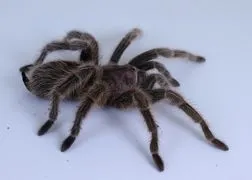
A healthy Rose Hair Tarantula should have a clean, intact exoskeleton free from any damage or deformities. Look for a well-proportioned body, with no signs of bloating, emaciation, or unusual swellings. The tarantula’s fangs and mouthparts should appear normal and undamaged. Check for any signs of parasites, such as mites, which may appear as tiny white or red specks on the spider’s body. The tarantula’s movements should be steady and coordinated, avoiding any signs of lethargy or weakness. Finally, examine the enclosure for cleanliness and appropriate environmental conditions. A healthy tarantula will be active and responsive to its surroundings, showing clear signs of overall well-being. Healthy tarantulas are usually well-fed and well cared for, thus reducing the likelihood of health problems.
Size and Age
Rose Hair Tarantulas are available at various sizes, from spiderlings to adult specimens. The size of the tarantula will affect its care requirements. Spiderlings require smaller enclosures and more frequent feedings compared to adults. Consider your experience level and the space you have available when choosing a tarantula’s size. Also, inquire about the tarantula’s approximate age. Rose Hair Tarantulas can live for many years, with females generally living longer than males. If you are buying a juvenile, be prepared to provide the appropriate care and conditions for its development. By understanding the age and size of the tarantula, you can anticipate its future needs and ensure a suitable environment for its growth and longevity.
Temperament and Behavior
Observe the tarantula’s behavior before making a purchase. Rose Hair Tarantulas are known for their docile nature, but individual temperaments can vary. A healthy and well-adjusted tarantula should be calm and not overly skittish. Avoid tarantulas that appear aggressive or display defensive behaviors, such as striking or raising their front legs. However, remember that all tarantulas can bite if provoked, so handle with caution. Also, observe the tarantula’s activity levels. A tarantula that is active and exploring its enclosure is usually a sign of a healthy and well-cared-for specimen. Before handling, do some research on the species, as each species has its own peculiarities. By understanding the temperament, you can determine if the spider is a good fit for your experience and preferences. Overall, a calm and active tarantula is likely to be a good choice.
Setting Up Your Rose Hair Tarantula’s Habitat
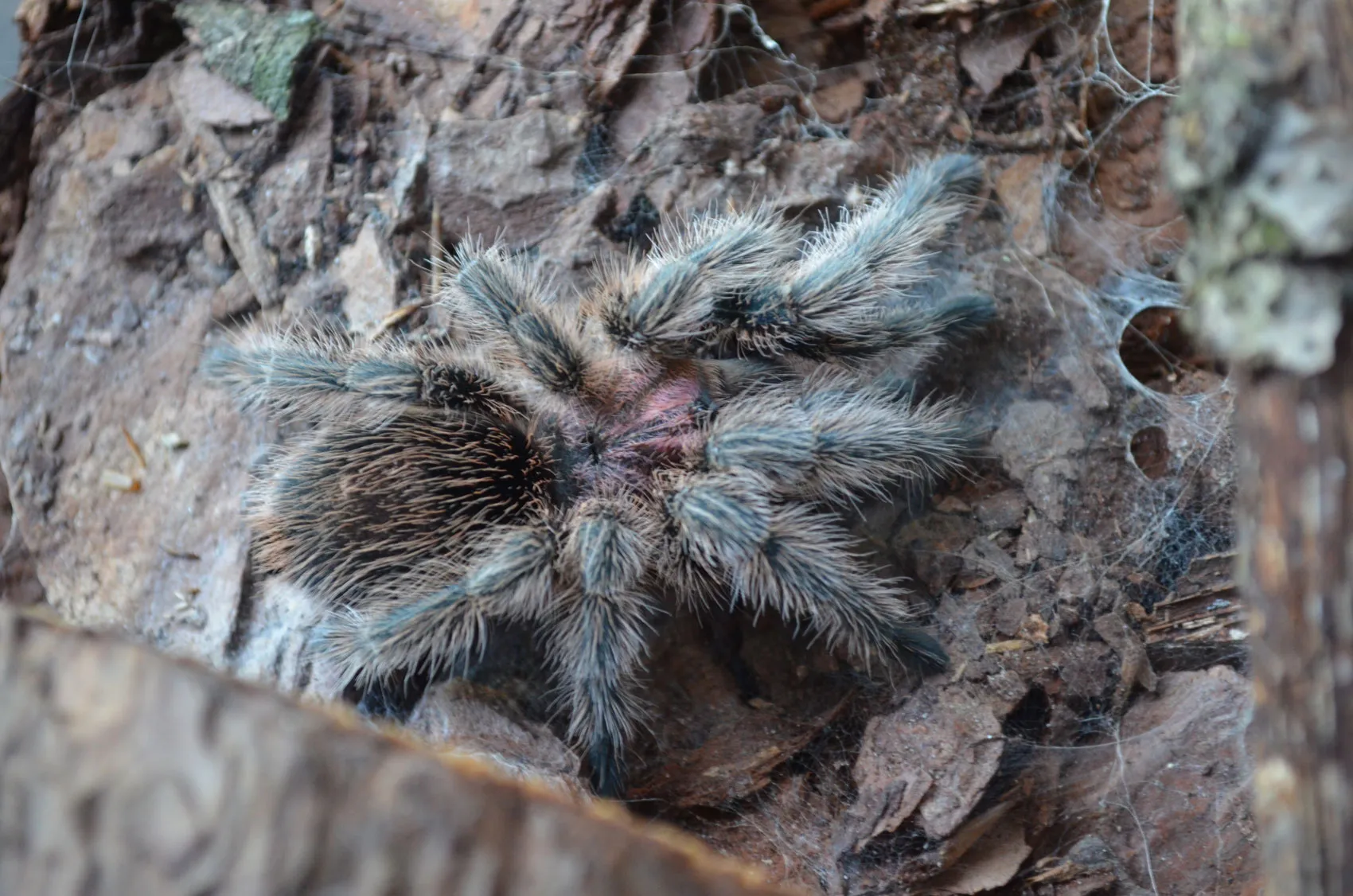
Creating a proper habitat is essential for the health and well-being of your Rose Hair Tarantula. A well-designed enclosure will provide a safe, comfortable, and stimulating environment. The setup should mimic the tarantula’s natural habitat, allowing it to thrive. The size, substrate, and environmental conditions should all meet the species’ specific needs. This section will provide you with the essentials of setting up your tarantula’s home, ensuring your new pet lives a long and healthy life. Proper setup is the foundation of successful tarantula care.
Choosing the Right Enclosure
Select an enclosure that is appropriate for the size of your Rose Hair Tarantula. For a juvenile, a smaller enclosure is suitable, while a larger adult will require more space. The enclosure should be well-ventilated to prevent excessive humidity and mold growth. Consider using a glass terrarium or a plastic container with secure ventilation holes. The enclosure should be escape-proof. The lid should fit snugly and be secure. Avoid enclosures with sharp edges or features that could injure the tarantula. Make sure the enclosure is easy to clean and maintain. The size of the enclosure should also give your tarantula room to move and exhibit natural behaviors. Proper enclosure choice is essential for the tarantula’s comfort and safety.
Substrate and Furnishings
The substrate provides a surface for the tarantula to walk on, burrow in, and regulate humidity. A suitable substrate for Rose Hair Tarantulas includes a mixture of coco coir, peat moss, and a small amount of vermiculite. This combination retains moisture while allowing for burrowing. Provide a depth of at least 3-4 inches to allow the tarantula to create a burrow if it chooses. Add furnishings to enrich the tarantula’s environment. This includes a hide, such as a piece of cork bark or a half-log, to provide a secure retreat. Place a shallow water dish, ensuring it is easily accessible and does not pose a drowning risk. Other decorations, such as artificial plants or rocks, can enhance the enclosure and provide enrichment. Always make sure the enclosure is non-toxic and safe for the tarantula.
Temperature and Humidity
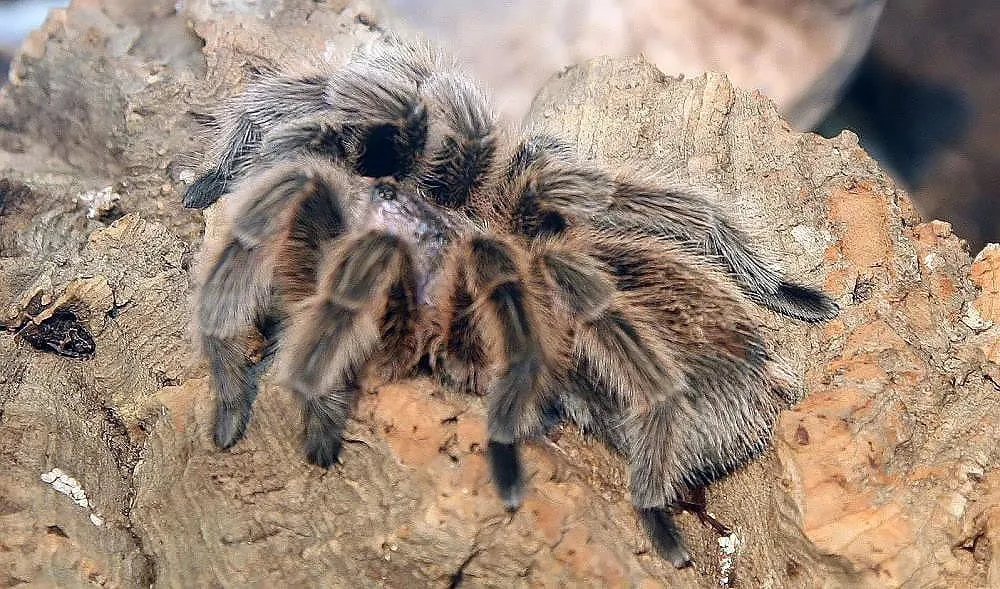
Rose Hair Tarantulas thrive in a temperature range of 75-85°F (24-29°C). Maintain this temperature using a heat mat or a ceramic heat emitter, placed on the side or the back of the enclosure, not directly beneath it. Monitor the temperature with a reliable thermometer. The humidity should be maintained between 60-70%. You can achieve this by lightly misting the substrate with dechlorinated water once or twice a week. Ensure proper ventilation to prevent mold and maintain a healthy humidity level. Use a hygrometer to monitor the humidity levels. Providing the proper temperature and humidity is critical for the tarantula’s health and molting process. A stable environment ensures your tarantula can thrive.
Feeding Your Rose Hair Tarantula
Feeding your Rose Hair Tarantula appropriately is vital for its health and well-being. Their diet primarily consists of insects, and it’s essential to understand the right food types, feeding frequency, and water needs to keep your tarantula healthy. The type of food you provide and the frequency of feeding will vary depending on the tarantula’s age and growth stage. This section will guide you through the feeding process, ensuring your tarantula receives the nutrition it needs to thrive. Remember that a well-fed tarantula is a happy and healthy tarantula.
Appropriate Diet and Feeding Frequency
Rose Hair Tarantulas are insectivores, and their primary diet should consist of appropriately sized insects. Suitable options include crickets, mealworms, dubia roaches, and locusts. The size of the prey should be no larger than the tarantula’s body size. Feed young spiderlings every 2-3 days, while adults can be fed every 5-7 days. Remove any uneaten prey within 24 hours to prevent stress and the risk of injury to the tarantula. Vary the diet to provide a range of nutrients. Before feeding, dust the insects with a calcium and vitamin D3 supplement to ensure proper nutrition. Always consider the tarantula’s current molt cycle. Do not feed a tarantula that is about to molt.
Providing Water
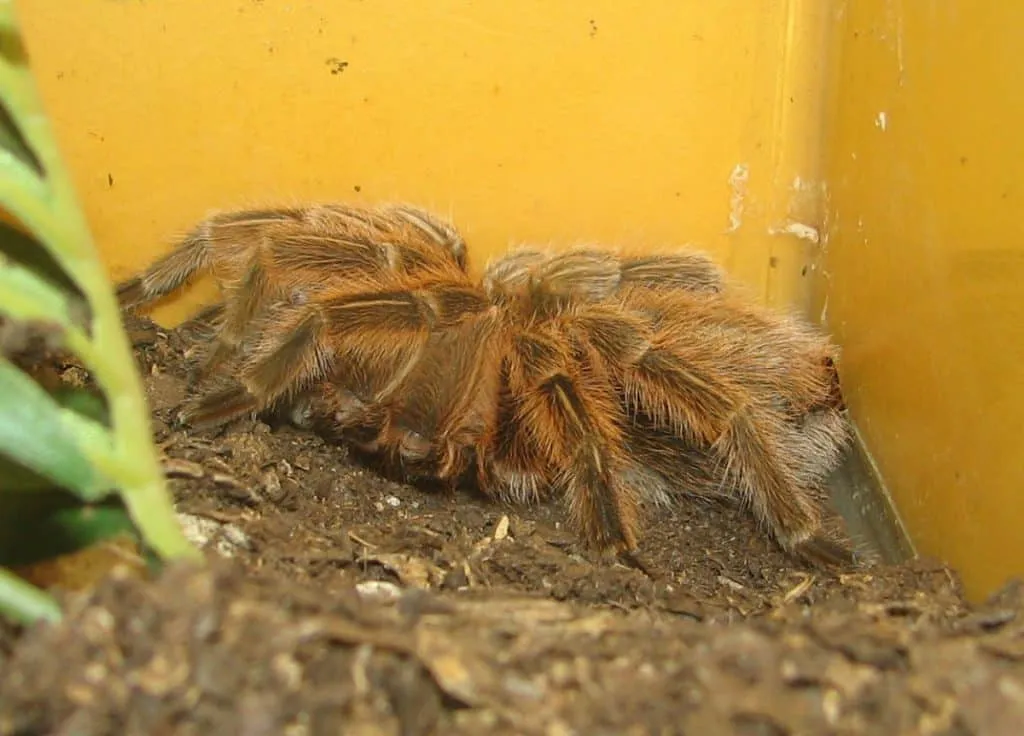
Providing clean water is critical for your Rose Hair Tarantula’s hydration. Always provide fresh water in a shallow dish that is accessible but does not pose a drowning risk. For spiderlings, use a bottle cap or a small, shallow water dish. Change the water regularly to prevent bacterial growth. Occasionally, you can lightly mist the enclosure with dechlorinated water to increase humidity, especially during molting. Regularly check the water dish and replace it as needed. Hydration is vital for tarantula health and the molting process. Fresh and clean water ensures your pet stays hydrated and healthy. Ensure that the water source is always clean and accessible.
Handling and Safety Precautions
Handling a Rose Hair Tarantula should be done with care and caution. While these tarantulas are known for their docile nature, it’s important to understand the potential risks and practice safety measures. Many owners prefer to observe their tarantulas without handling them. Handling is not necessary for their well-being. This section will outline the do’s and don’ts of handling, helping you protect both yourself and your pet. Approach handling with respect and awareness of the tarantula’s limitations.
How to Handle Your Tarantula
If you choose to handle your Rose Hair Tarantula, do so in a safe, controlled environment. Never handle the tarantula near a high surface or where it could fall. The best approach is to gently coax the tarantula onto your hand, allowing it to walk on you rather than picking it up. Avoid sudden movements or dropping the tarantula, as this can cause it to panic and potentially bite. Keep a close eye on the tarantula’s behavior. If it seems stressed, defensive, or raises its front legs, it’s best to gently return it to its enclosure. Handling should be kept brief, and you should always wash your hands before and after handling to remove any traces of soap or other chemicals.
Potential Risks and Safety Measures
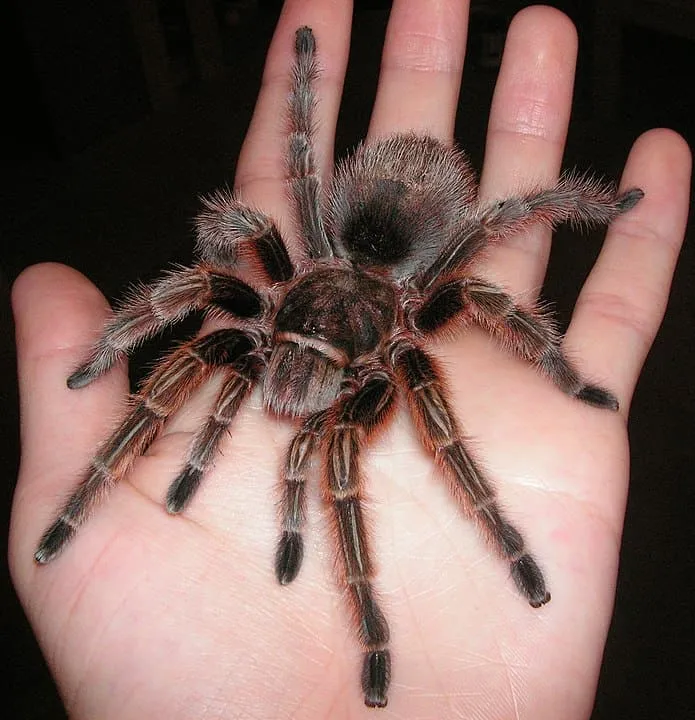
Be aware of the potential risks before handling. Rose Hair Tarantulas can bite, though bites are generally not medically significant. However, the bite can be painful and may cause localized swelling and discomfort. More significantly, they have urticating hairs on their abdomen. If disturbed or threatened, they can flick these tiny hairs, which can cause intense irritation and itching if they come into contact with skin or eyes. Avoid exposing yourself to the urticating hairs by keeping your distance and not blowing on the tarantula. Use gloves and long sleeves if handling is necessary. If you experience irritation from the hairs, rinse the affected area thoroughly with water and avoid rubbing. Always prioritize your safety and the tarantula’s well-being.
Common Health Issues and Care
While Rose Hair Tarantulas are relatively hardy creatures, they can still experience health problems. Common issues include parasites, molting difficulties, and injuries. Recognizing the signs of illness and knowing how to provide preventative care is essential for keeping your tarantula healthy. Regular monitoring of your tarantula and its enclosure is critical for early detection of potential health concerns. This section offers essential advice on maintaining a healthy environment and recognizing potential issues. Knowledge and proactive care are key to ensure the long life and well-being of your tarantula.
Recognizing Signs of Illness
Observe your tarantula regularly for any signs of illness. Common indicators include loss of appetite, lethargy, and unusual behavior. A tarantula that stops eating for an extended period may be ill or preparing to molt. Look for any signs of injury, such as a damaged exoskeleton or missing limbs. Check for parasites, such as mites, which may appear as tiny specks on the tarantula’s body. Other signs include difficulty molting, changes in the abdomen’s size, or unusual postures. If you notice any of these signs, consult with an experienced tarantula keeper or a veterinarian experienced in exotic animals.
Preventative Care and Maintenance
Proactive care and maintenance are crucial for preventing health problems. Maintain a clean and appropriate environment for your tarantula. Regularly clean the enclosure, removing any uneaten food and replacing the substrate as needed. Provide a varied diet and ensure your tarantula has access to clean water. Maintain the proper temperature and humidity levels. Avoid handling the tarantula unnecessarily. Regularly monitor the tarantula for any signs of illness or injury. Ensure a safe and secure enclosure to prevent escape. These preventative measures significantly reduce the risk of health issues and promote the long-term well-being of your Rose Hair Tarantula. A healthy environment is fundamental.
